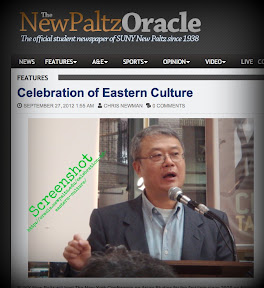Early Buddhist Architecture in Context
Shimada, Akira:
Early Buddhist Architecture in Context : the Great Stūpa at Amarāvatī (ca. 300 BCE-300 CE) / Akira Shimada. - Leiden : Brill, 2012. - xxiv. 266 S. - (Brill's Indological Library ; 43)
ISBN 978-90-04-23283-9
EUR 101,00 / US$ 140,00
DDC: 934.84 (DDC 23); 726.143095484 (DDC 22)
-- Angekündigt für November 2012 --
Beschreibung
Since the dramatic discovery and tragic destruction of the monument in the 19th century, the Amarāvatī stūpa in the south-east Deccan has attracted many scholars but has also left many unanswered questions. Akira Shimada's Early Buddhist Architecture in Context provides an updated and comprehensive chronology of the stūpa and its architectural development based on the latest sculptural, epigraphic and numismatic evidence combined with the survey of the early excavation records. It also examines the wider social milieu of the south-east Deccan by exploring archaeological, epigraphic and related textual evidence. These analyses reveal that the flowering of the stūpa was not a simple accomplishment of the powerful Sātavāhana dynasty, but was the result of the long-term development of urbanization of this region between ca. 200 BCE-250 CE. [Verlagsinformation]
Aus dem Inhalt
Introduction
1. Dynastic History
2. Chronological And Architectural Reconstruction
3. Social Development
4. Buddhist Patronage
5. City and Monastery
Conclusion
Appendix
Bibliography
Index
Vorschau
Autor

Akira Shimada, PhD (2006) in History, University of London, is Assistant Professor of History at State University of New York at New Paltz. He is co-editor of Buddhist Stūpas in South Asia: Recent Archaeological, Art-Historical and Historical Perspectives (Oxford, 2009). Faculty page.
Quellen: Brill; WorldCat; Amazon (UK); Library of Congress; OpenISBN; Google Books
Bildquellen: Brill; Bildschirmfoto der Webseite des The New Paltz Oracle, vom 27. Sept. 2012.
Bibliographie: [1]
References
- (2012). Early Buddhist Architecture in Context: the Great Stūpa at Amarāvatī (ca. 300 BCE-300 CE). Brill's Indological Library; 43. xxiv. 266 S.
Ähnlich
- Spink: Ajanta 6
- Epigraphic Evidence in the Pre-Modern Buddhist World
- The Ancient Monastic Complex of Dangkhar
- Kieven: Following the Cap-Figure in Majapahit Temple Reliefs
- Müller: Hinduistische Sakralbaukunst
- Tepe Narenj à Caboul
- Rediscovering the Hindu Temple
- History of Indian Temple Architecture, Sculpture and Paintings
- Entering the Dharmadhatu
- Kalamukha Temples of Karnataka

